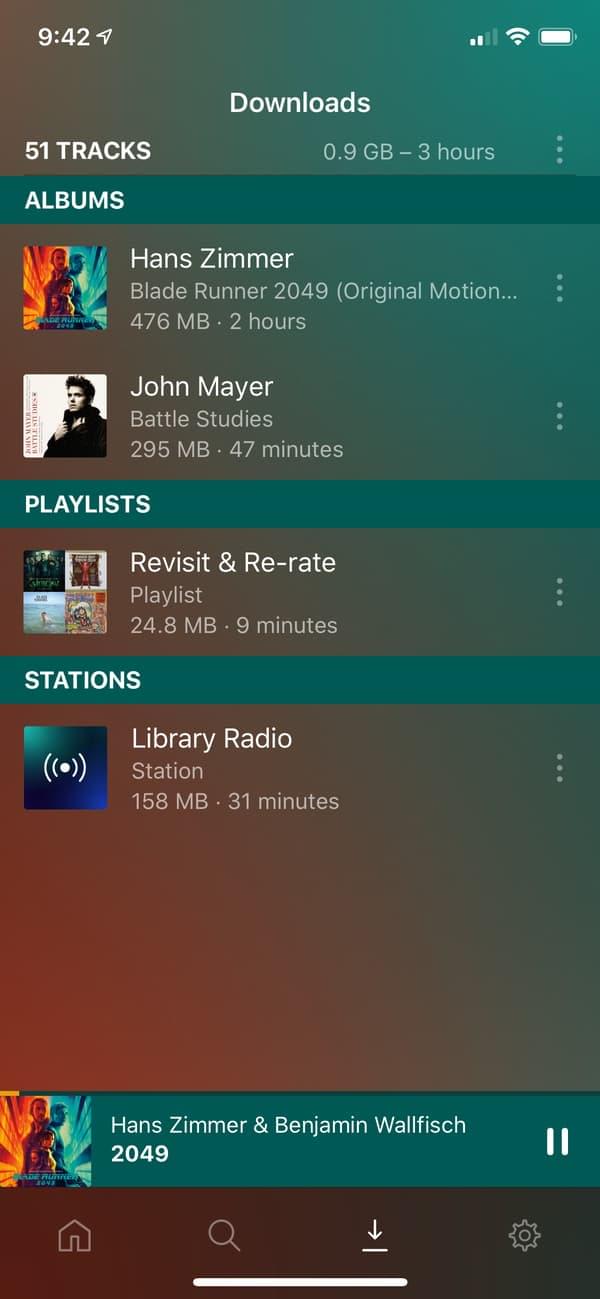

Using an external DVD drive to my Mac, XLD is able to look up what CD is in the drive, grab metadata about it and take care of copying the music off of it and onto my NAS. I import all of my CDs using a tool called XLD, available at. Using Discogs allows me to track the state of my media (some of it is damaged and needs to be replaced, for example) as well as ensure I don’t buy the same item twice. How you use Discogs is ultimately up to you but it is an incredibly handy way to track what you already own, find new stuff you’d like to own and so on. You can choose to be super detailed about how you add items to your collection by selecting the exact release or more simply add the first item you find. The database contains user submitted and curated information about most releases available with surprising detail. You can search for and add to your collection each piece of physical music media you own or are interested in owning and add it to your collection or wishlist, respectively. In their words Discogs is “a platform for music discovery and collection” and this is exactly how I use it. CatalogingĪ couple of years ago I learned about a site called. Before we get into how I copy my CDs to digital lets first discuss how I catalog and keep track of my collection. That said, I like to also take my collection with me in digital formats and enjoy knowing that it comes from my own personal collection. While I appreciate the convenience of digital stream I also enjoy the process and experience of playing physical media, which I’ve written about before. My collection consists largely of CDs with some vinyl records mixed in. Today I’m going to talk about the tools I’m using to manage my collection including how I catalog, import, serve and listen to it.Īlthough I do subscribe to a music streaming service I have taken an interest in expanding my physical collection as well.

Since 2021 I’ve been using a combination of tools to handle my music collection.


 0 kommentar(er)
0 kommentar(er)
